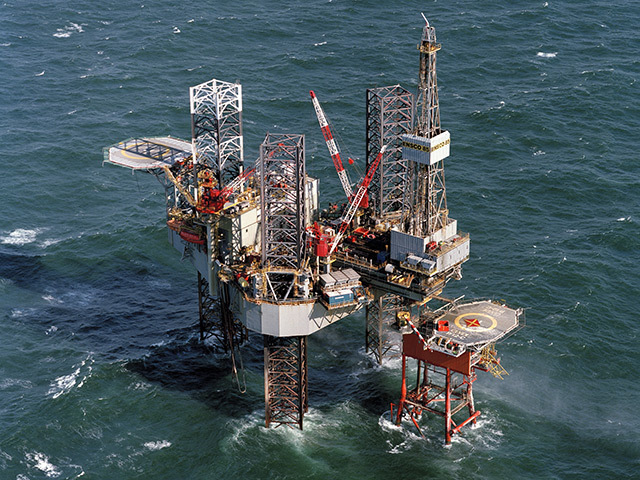
A bid to bring a North Sea field abandoned 30 years ago back to life has taken a major step forward after successful flow tests.
Ithaca Energy confirmed it had achieved a maximum rate of 10,835barrels of oil equivalent for the Stella development well – with a higher rate only limited by the capacity of the drilling rig.
The well is the first of four development wells to be drilled on the Stella field in the Central UK North Sea ahead of production starting up.
The project has been further boosted by recent weather conditions in the North Sea, which has allowed much of the key subsea infrastructure work to be completed.
The field was discovered in 1979, but plugged and abandoned for 30 years as it was not seen as commercially viable, until Ithaca announced plans to begin ne appraisal drilling.
“This well and the highly successful test are outstanding results,” said Ithaca chief executive Iain McKendrick.
“This is an enormous leap forward in de-risking of the Greater Stella Area development and the creation of a major new production hub in the UK Central North Sea.
“The well has accessed the reserves it was designed to recover and the test confirms the presence and extremely high quality and deliverability of the reservoir sands.
“When these results are combined with progress that has been made on both the successful execution of the 2013 subsea installation works and the FPF-1 modifications programme, the development can be seen to be confidently driving forward at pace.”
The field is estimated to contain 11.5million boe, with production expected to start from the field next year.
Work is due to start on the second development well on the field by the ENSCO 100 rig, with management of the work being carried out by Applied Drilling Technology international. Work is underway in Poland to refit the FPF-1 floating production vessel which will operate the site.
Recommended for you
